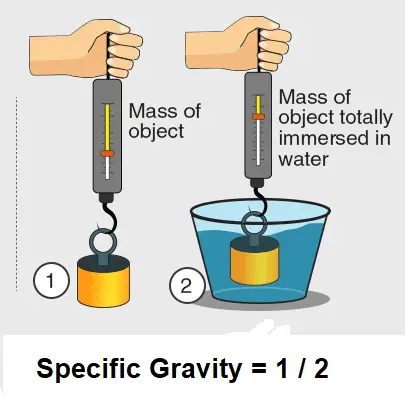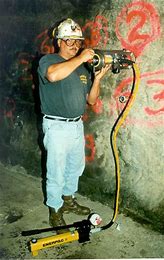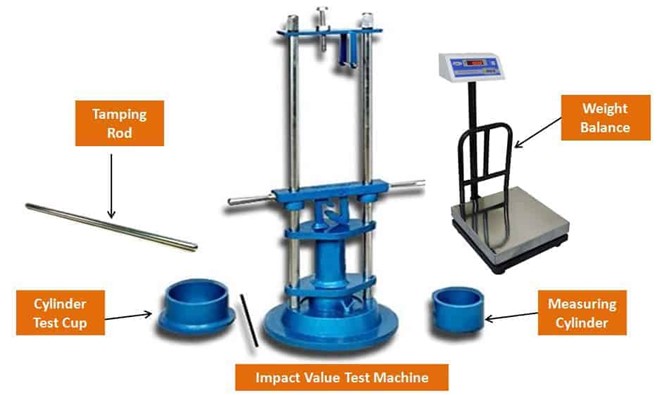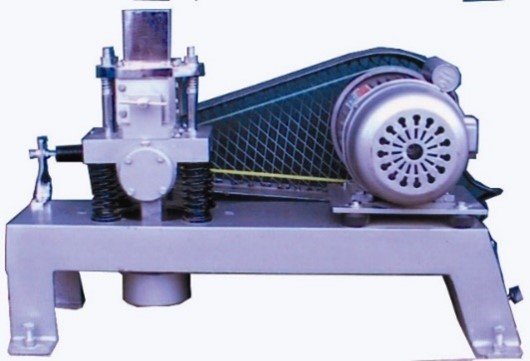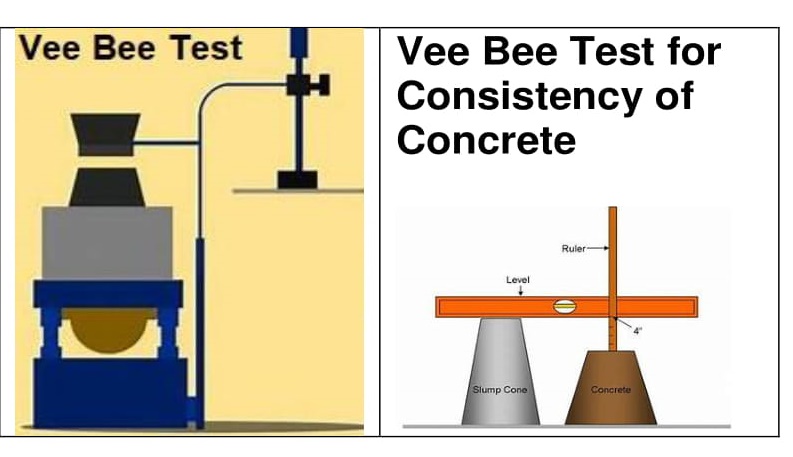Determination of Consistency of Fresh Concrete - Vee Bee Test
(IS:1199 Fresh Concrete — Methods of Sampling, Testing and Analysis Part 2 )
General
The name ‘vee bee is derived from the initials of V. Bahrner from Sweden, who developed this test.
Concrete is supposed to have 100% compaction. Efforts required to achieve the required compaction is workability. If the efforts are more, then the concrete is less workable.
Vee Bee test helps in finding:
Slump of concrete in mm.
Time required for compaction in seconds.
Principle of Vee Bee Consistometer
Vee Bee Consistometer is used to find the consistency of the concrete .
It starts by taking the general slump test with the Cone. The concrete after the slump test may be in following shapes:
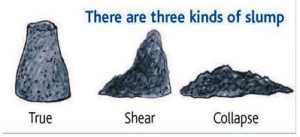
The Vee Bee test is valid for true slump. This type of concrete shape obtained from slump test is vibrated in a cylindrical container till the slumped shape gets converted to a cylindrical shape (change of shape from frustum of cone to a cylindrical shape – mobility of concrete or remolding time).
The time taken in shape changes in seconds is measure of consistency of concrete.
If the Vee Bee time is less than 5 second or more than 30 second, the use of the test method to determine consistency may be unsuitable and in such cases modified Vee Bee Consistometer test as per IS: 1199 part 2 may be used.
Apparatus used for Vee Bee Test for Concrete
Consistometer (Vee bee meter), consists of the following items as shown in Fig.
Cylindrical ContainerMould – Slump ConeTransparent DiscFunnelGuide Sleeve | Set ScrewVibrating TableWing Nut RodBase for VibraterGraduated Scale | Swivel Arm HolderDisc WeightSwivel ArmTamping rodScreen |
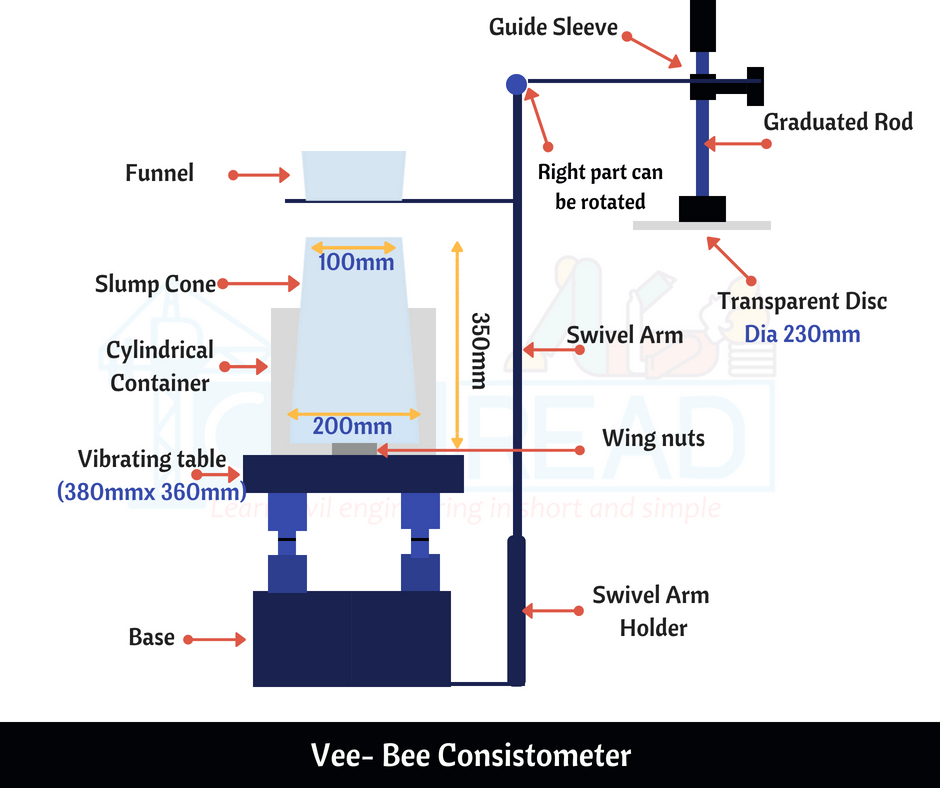
General Specification:
Container internal diameter of 240 ± 5mm and a height of 200 ± 2 mm; wall thickness 3 mm; Base thickness 7 mm.
The transparent disc shall be 230 ± 2 mm in diameter and 10 ± 2 mm in thickness.
The disc weight has a mass of 2 750 ± 50g.
Slump Test Apparatus
Mixing Tray
Scoop
Stopwatch
Vee Bee Test Procedure for Consistency of Concrete
Completely Clean the Consistometer. Dampen all the non-absorbent parts of apparatus which are to handle concrete.
Place the cylindrical container over the vibrating table.
Place the slump cone in container.
Place the sample concrete in the cone in three layers, maintaining all specified operations in slump test.
Adjust the transparent disc at top level of cone along with weight over it, with the help of swivel arm. And note the scale reading.
Next uplift the cone and let the concrete slump. Allow to fall the disc in controlled way till it touches the top of slumped concrete. Notice the scale reading again to get the true slump value in mm.
Now uncontrol the movement of disc with the controlling screw.
Start the vibrating table and the stopwatch. (The vibrator shall operate at a frequency of 55 ± 5.5 Hz and the vertical amplitude of vibration of the table with empty container on the top of it shall be approximately 0.5 ± 0.02 mm. )
The slumped concrete gradually changes its shape as it goes down and adjust itself to the walls of the container. And so is the movement of disc over it.
A stage comes when the transparent disc is in full contact with the cylindrical shape of the concrete mass. At this stage stop the vibrating table and the stopwatch.
Find the time difference of initial and final stopwatch
The time elapsed in seconds gives the consistency of concrete.
It is called Vee Bee degree or Vee Bee time in seconds.
Vee Bee Test Record Sheet
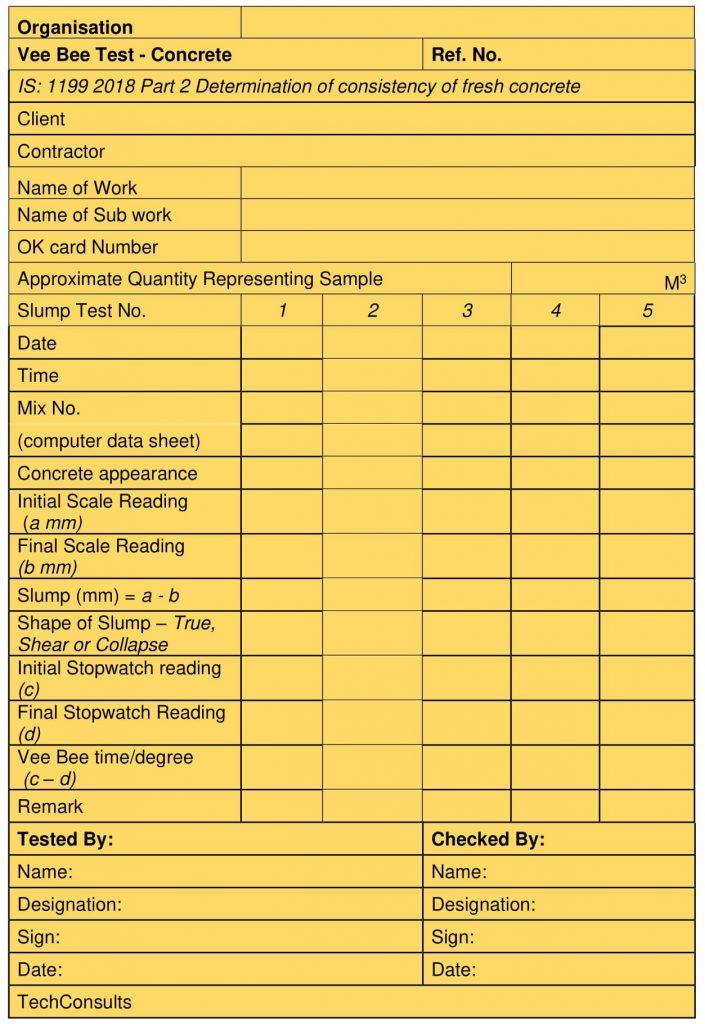
Vee Bee Test Result Interpretation
The Vee Bee time obtained from test can be interpreted with the information given in the table below.
Workability Description | Vee-Bee Time (in Second) |
Extremely Dry | 32-18 |
Very Stiff | 18-10 |
Stiff | 10-5 |
Stiff Plastic | 5-3 |
Plastic | 3-0 |
Flowing | — |
